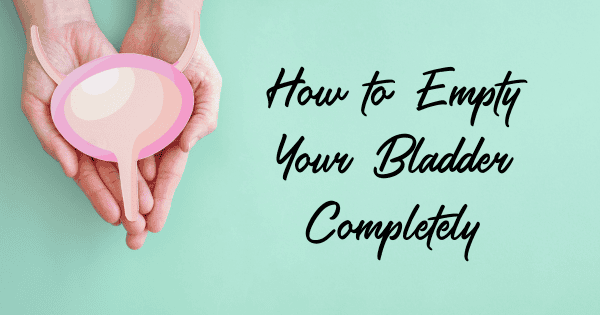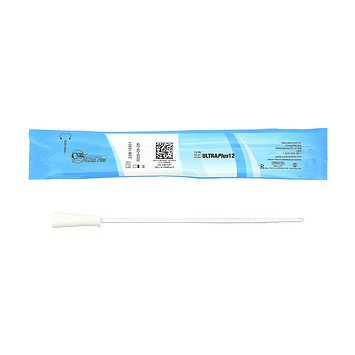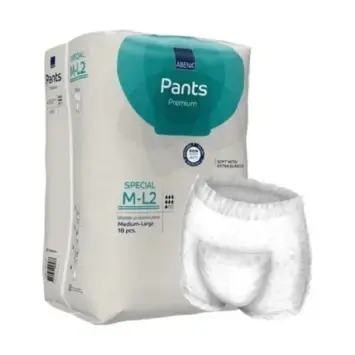Here at Personally Delivered, we are committed to providing you with the most comprehensive information on bladder health management. This guide will provide crucial insights on how to fully empty your bladder, an essential aspect of maintaining a healthy urinary system. We will discuss the bladder’s function, techniques for emptying, beneficial bladder habits, and signs indicating it may be time to seek medical help.
Understanding Bladder Function
The urinary system is vital to our health by eliminating waste and surplus bodily fluids. When empty, the bladder is roughly the size of a small pear but can stretch to accommodate up to 16 ounces of urine. Understanding how to empty your bladder completely is crucial for maintaining bladder health and preventing urinary tract infections.
Did you know that incomplete bladder emptying can cause stagnant urine and increase the risk of infections? It can also put pressure on the bladder muscles and weaken them over time. This condition can stem from several factors, such as weak bladder muscles, urinary tract obstructions, nerve damage, and certain medical conditions. It is essential to be aware of symptoms like frequent urination, weak urine flow, and a feeling of incomplete bladder emptying. By recognizing these signs, you can proactively address the issue and maintain a healthier bladder.

If you are struggling with how to fully empty your bladder, seeking advice from a healthcare professional is vital. At Personally Delivered, we offer a range of bladder management products, such as catheters, drainage bags, and incontinence products like protective underwear and adult diapers. Our team of experts is dedicated to helping you find the right solutions for your unique needs, ensuring comfort and improved bladder health.
Techniques for Complete Bladder Emptying
To fully empty your bladder correctly, consider these guidelines:
- Sit comfortably on the toilet with feet flat on the floor to encourage natural urine flow.
- Avoid straining or hovering over the toilet seat. Relax your pelvic muscles, utilizing gravity to ensure complete bladder emptying.
- Employ relaxation techniques, such as deep, slow breathing and full-body relaxation, to facilitate the process.
- Listen to soothing music or visualize relaxing scenes to ease stress and tension, enhancing muscle coordination for optimal emptying.
- Engage in pelvic floor exercises, also known as Kegel exercises, to strengthen the muscles that support the bladder and urethra, thereby improving bladder control.
Establishing Beneficial Bladder Habits
Adopting good bladder habits is a proactive way to maintain a healthy urinary system. These habits can promote proper bladder function and aid in how to empty your bladder fully.
Stay hydrated for bladder health
- Aim for 6-8 glasses of water daily to flush toxins and keep the urinary system hydrated.
- This helps prevent urinary tract infections and minimizes the risk of bladder irritation.
Limit intake of bladder irritants
- Avoid or reduce consumption of caffeine and alcohol.
- These substances can increase urination frequency and interfere with brain-bladder signals, leading to incomplete bladder emptying.
Establish a regular voiding schedule
- Train your bladder to empty by urinating every 2-3 hours, even if there is no urge.
- This practice prevents bladder overfill and promotes complete emptying, making the bladder more efficient over time.
Adopting these habits can promote bladder health and help in how to empty your bladder completely.
Recognizing When to Seek Medical Help
If you are noticing signs of urinary retention or struggling with how to empty your bladder fully, it may be time to seek medical advice. Key signs to watch out for include:
- A sensation that your bladder is not empty after urinating
- Weak urine stream or difficulty initiating urination
- Frequent urge to urinate, even shortly after urinating
- Pain or discomfort during urination
- Blood in your urine
These symptoms could indicate underlying bladder dysfunction, which may require medical intervention. Potential causes include:
- Urinary tract infections (UTIs)
- Inflammation of the bladder or prostate
- Bladder stones or tumors
- Nerve damage or neurological conditions
- Side effects of medications
If you are experiencing persistent issues with how to fully empty your bladder or have concerns about your urinary health, don’t hesitate to seek medical evaluation. A healthcare professional can assess your symptoms, perform necessary tests, and provide appropriate treatment options.
Bladder Management Products at Personally Delivered
Disclaimer: Important Notice Regarding Medical Advice
The information provided in this blog is intended for general informational purposes only and should not be considered a substitute for professional medical advice, diagnosis, or treatment.





